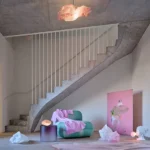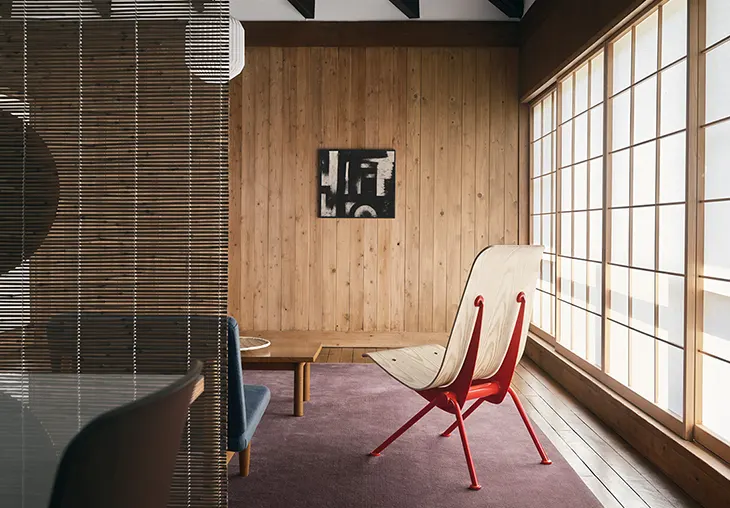
Vitra has introduced a limited 2025 edition of the Antony chair, one of Jean Prouvé’s final and most distinctive furniture designs. First developed in the early 1950s for the Cité Universitaire in Antony, near Paris, the chair reflects Prouvé’s architectural sensibility, combining structural clarity with a radical approach to form and material.
FURNITURE
The original Antony was created when Ateliers Jean Prouvé won a commission to furnish 150 student rooms at what was then Europe’s largest university residence. Its minimal frame and cantilevered seat were designed for efficiency, but the chair’s sculptural language quickly secured its relevance far beyond institutional settings. In the decades since, the Antony has remained a compelling object for architects, designers, and collectors drawn to Prouvé’s functionalist ethos.
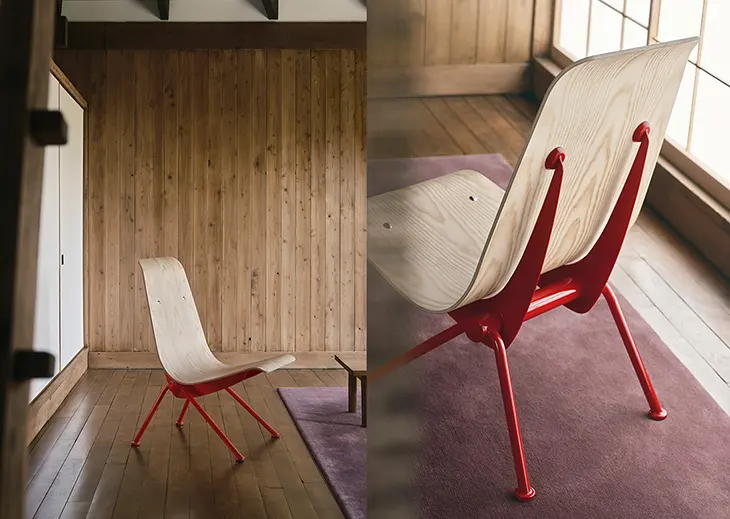
For the 2025 edition, Vitra reimagines the chair with a European pine seat shell, a material known for its irregular grain and warm visual character. Treated with a waxed finish, the wood surface gains subtle sheen while preserving its natural texture. The base retains Prouvé’s original steel construction, now finished in Rouge Corsaire, a deep red tone pulled directly from his historic palette.
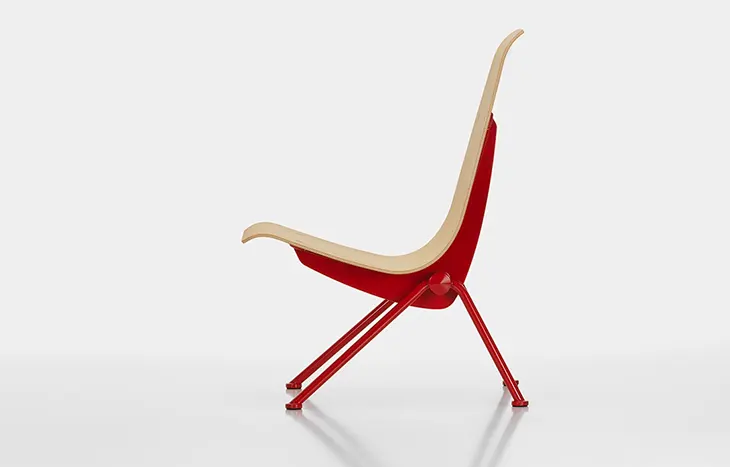
The form itself is emblematic of Prouvé’s technical logic: a transverse tubular brace anchors the legs, while two sculpted sheet metal brackets cradle the shell without excess. The result is a piece that embodies both lightness and strength, articulating space as much as it occupies it, an idea central to Prouvé’s architectural work.
Antony also holds special significance in the context of the Vitra Design Museum. Acquired by Rolf Fehlbaum in 1984, it was the first Prouvé object added to the collection and catalyzed Vitra’s decades-long relationship with the designer’s estate. Since 2000, Vitra has produced a curated range of Prouvé designs, reinforcing their impact within both residential and institutional architecture.
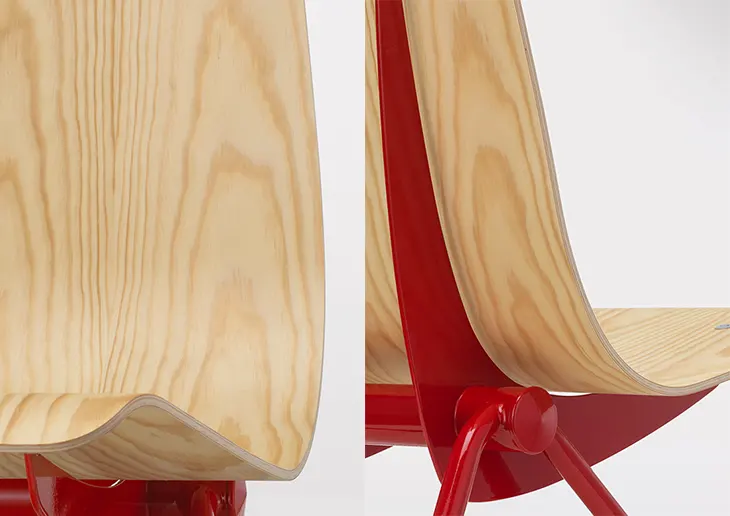
This limited edition of the Antony chair is available through December 2025, with each unit bearing a numbered label. As furniture continues to be a medium where architecture finds scale and intimacy, this reissue reasserts Prouvé’s position as a designer whose structural clarity and material logic remain as relevant now as they were over 70 years ago.



